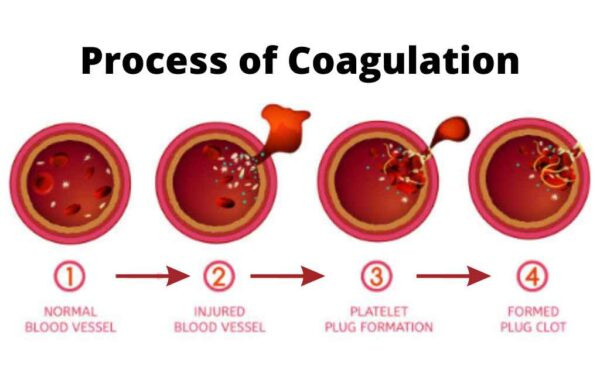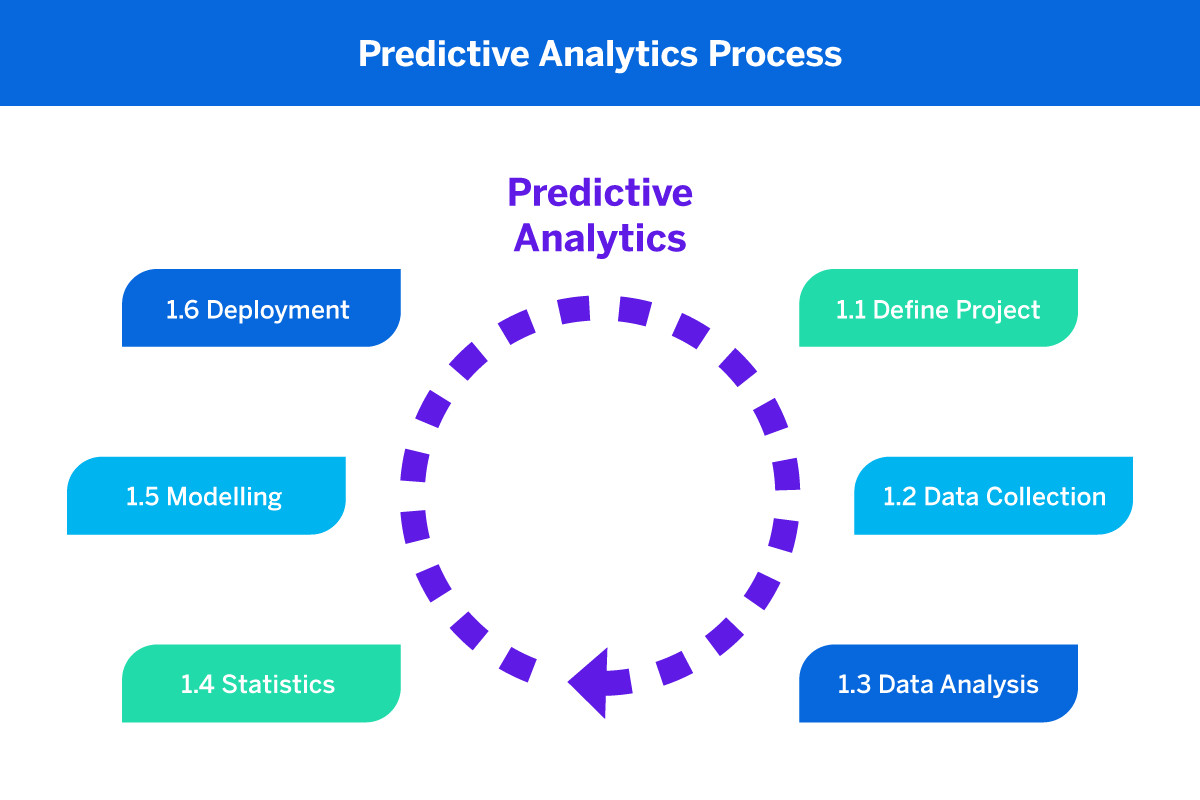The Future is Now: Blood Coagulation Testing Market Poised for Exponential Growth
The global blood coagulation testing market is experiencing a surge in growth, driven by the increasing prevalence of chronic diseases, the rising demand for point-of-care testing, and the escalating adoption of advanced technologies. This market is projected to reach a value of $1.62 billion by 2028, indicating a substantial growth trajectory. The rising demand for efficient and reliable blood coagulation testing solutions is a key factor propelling this market forward.
The Rise of Point-of-Care (POC) Testing
The adoption of point-of-care (POC) coagulation testing is transforming the healthcare landscape. These portable and user-friendly devices allow for rapid blood coagulation analysis at the patient's bedside or in various healthcare settings. The convenience and efficiency offered by POC testing are driving its widespread adoption, particularly in emergency rooms, clinics, and home healthcare. This trend is further accelerated by the growing emphasis on early diagnosis and personalized medicine. POC coagulation testing empowers healthcare professionals to make informed decisions promptly, leading to better patient outcomes.
Technological Advancements Shaping the Future
The blood coagulation testing market is witnessing significant advancements in technology, leading to the development of more sophisticated and user-friendly devices. Innovations like microfluidics, automated sample handling, and improved analytical techniques are enhancing the accuracy, speed, and portability of coagulation testing. These developments are not only improving the quality of patient care but also expanding the scope of applications for coagulation testing, including the monitoring of anticoagulant therapy, diagnosis of bleeding disorders, and risk assessment for thromboembolic events.
Key Market Segments: Unraveling the Dynamics
The blood coagulation testing market is segmented based on product type, application, end-user, and geography. Understanding the dynamics of these segments is crucial for comprehending the market's growth trajectory and identifying lucrative opportunities.
Product Type
- Coagulation Analyzers: These devices are used to perform automated coagulation tests, providing accurate and efficient results. The market is witnessing a surge in the adoption of automated analyzers, driven by their ability to handle large volumes of samples and their high level of accuracy.
- Reagents: Coagulation reagents are essential components used in coagulation tests. The demand for reagents is directly linked to the growth of the coagulation testing market, as each test requires specific reagents for accurate results.
Application
- Hemostasis Monitoring: Coagulation testing plays a vital role in monitoring hemostasis, the process of blood clotting. It is essential for patients undergoing anticoagulant therapy, as it allows healthcare professionals to adjust medication dosages based on individual needs.
- Diagnosis of Bleeding Disorders: Coagulation tests are used to diagnose various bleeding disorders, such as hemophilia and von Willebrand disease. Early diagnosis and appropriate treatment are crucial for managing these disorders effectively.
- Risk Assessment for Thromboembolic Events: Coagulation testing is also employed to assess the risk of thromboembolic events, such as deep vein thrombosis (DVT) and pulmonary embolism (PE). By identifying individuals at higher risk, preventive measures can be taken to minimize the chances of these potentially life-threatening events.
End-User
- Hospitals: Hospitals are the largest end-user segment of the blood coagulation testing market. The high volume of patients requiring coagulation tests, coupled with the availability of advanced testing facilities, drives the demand for coagulation testing equipment in hospitals.
- Clinics: Clinics are increasingly adopting coagulation testing as a standard part of their practice. The rise of point-of-care testing is particularly impacting clinics, enabling them to provide quick and convenient diagnostic services.
- Home Healthcare: The growing popularity of home healthcare is creating new opportunities for the blood coagulation testing market. Portable and user-friendly devices are particularly suitable for home settings, allowing patients to monitor their coagulation status conveniently.
Geography
The global blood coagulation testing market is dominated by North America, followed by Europe and Asia-Pacific. The high healthcare expenditure, advanced medical infrastructure, and increasing adoption of advanced technologies in these regions are contributing to the market growth. Emerging economies, particularly in Asia-Pacific, are experiencing rapid growth in the market due to rising disposable incomes, increasing healthcare awareness, and expanding healthcare infrastructure.
The Future of Blood Coagulation Testing: A Glimpse Ahead
The blood coagulation testing market is poised for continued growth in the coming years. The rise of personalized medicine, advancements in technology, and increasing awareness of the importance of early diagnosis and disease management are key factors driving this growth. The market is expected to witness the emergence of new and innovative products, such as wearable coagulation monitors and AI-powered diagnostic tools. These developments will further enhance the efficiency, accuracy, and accessibility of blood coagulation testing, paving the way for improved patient care and better health outcomes.
Conclusion: A Market Ready to Coagulate Growth
The global blood coagulation testing market is a dynamic and rapidly evolving industry. The demand for efficient, accurate, and convenient coagulation testing solutions is driving market growth, with new technologies and innovations constantly shaping the landscape. This market is well-positioned for continued growth, fueled by the rising prevalence of chronic diseases, the increasing adoption of point-of-care testing, and the growing emphasis on early diagnosis and personalized medicine. As the market continues to expand, we can expect to see further advancements in technology, leading to improved patient care and enhanced health outcomes.

















